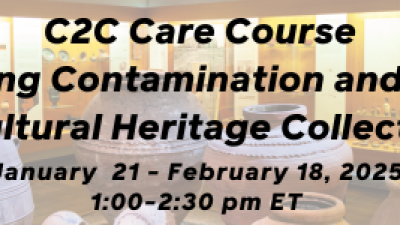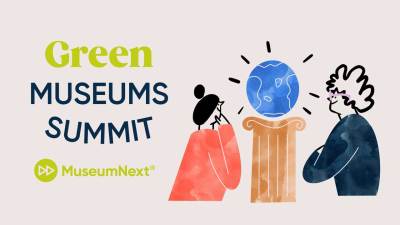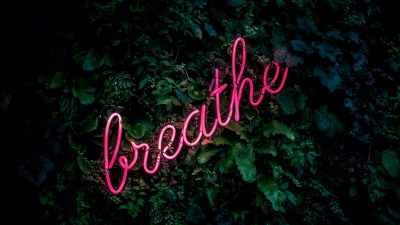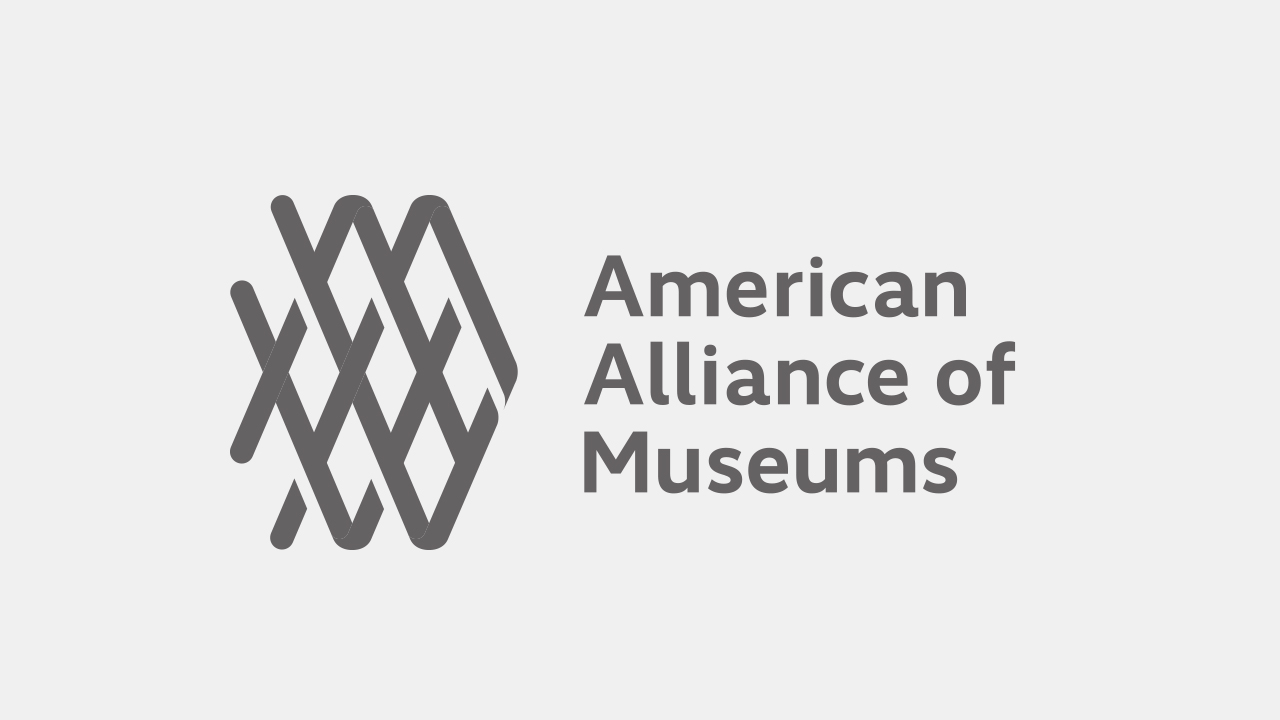This is part two of an essay by Sarah S. Brophy, co-chair of AAM’s PIC Green. You can read part one here.
For the museum field, the way to close the distance between activities like Seafood Watch and our present-day reality is to take the green team model from single museums and apply it to institutions: groups of historic houses, museums in design stage, children’s museums, or all the ones in the eastern part of the state. Build on the best concepts from the very valuable Green Museums Initiative of the California Association of Museums, or Chicago’s Climate Action groups, museums, hotels and restaurants, and work in a focused way to learn together and achieve together.
The Block, Peoria’s Riverfront Park didn’t happen by itself, it took The Lakeview Museum, Caterpillar Inc., Peoria officials and voters to get this huge green revitalization project going. And it started with someone reaching out. So ask your peers to help you convince museum suppliers to develop greener options; when you’re looking for more storage space, ask area museums first what their needs are. Band together for energy audits and weatherization en masse to learn together, save money, and make a greater environmental impact. Your neighbor may be having trouble getting started, too.
Making a Difference
I believe that museums must not become complacent. As community members, charitable institutions and educational resources, museums have a responsibility to behave sustainably, and to actively encourage others to do so. But I realize many people believe there is no need to change our present behaviors – individually or institutionally – or they believe that museums should not be advocates for environmental sustainability or any other issue. This is where the concept that “green is local” applies. That’s shorthand for saying green is highly situational. A good green decision for one museum may be totally inappropriate for another.
Skip over related stories to continue reading articlePrograms like Seafood Watch, on a proportional scale, should be part of most museums’ strategic horizon, but that scope is appropriate only for museums with much experience in environmental sustainability, and the capacity to support such large-scale impact. Green goals will be different for smaller or younger museums, history or art museums, and ones in cities and ones in the country. The Pittsburgh Botanic Garden will be the model for reclaiming abandoned mine landscapes. Montgomery County Historical Society arranged an energy audit; SFMOMA has an amazing program combining art, food, San Francisco Bay, fisherman, scientists and community sites all around sustainability and food; and Strawbery Banke hosts community gardens, and promotes sustainable gardening.
Into the Future
Whatever you do, tell your family, staff, volunteers, members, board members, colleagues, neighbors, funders, suppliers and critics all about it. Explain what you’ve done, what you’re doing now, and what you’re going to do in the future. Then there’s zero room for criticism. There’s also zero opportunity for complacency: the journey unfolds ahead, for you, the public and other museums.
Seafood Watch didn’t start at every seafood counter in Whole Foods. It started with a wallet card at one aquarium. Then it grew. And then other zoos and aquariums joined the team to increase the impact. Seafood Watch can’t be effective at creating sustainable fisheries if the Aquarium doesn’t tell the public and all the rest of us all about it.
Thank goodness they do talk about it because their example gives the museum field a glimpse of the future.









Comments